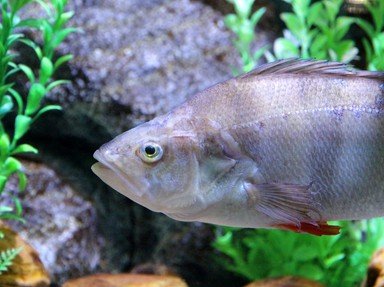Quiz Answer Key and Fun Facts
1. Gut bacteria help these catfishes digest wood.
2. The disease-causing microsporidian Pleistophora hyphessobryconis was discovered in farmed varieties of
3. Most of the U.S. commercial farms for ornamental fishes are in Florida's alkaline waters, which create difficulties in breeding
4. Your fishes didn't come from the store in a plastic bag of water, but as eggs sent in the mail wrapped in damp peat moss in a baggie. They are
5. "Fishless cycling" involves
6. Tiger Barbs have developed a difficult reputation in many community tanks
7. Tetras are characoids; they have cousins in ___, while cyprinids assume the ecological roles of characoids in ____.
8. The first glass domestic aquariums were to be found
9. This feisty loner, a labyrinth fish related to Betta splendens, was the first "tropical fish" to be seen in Europe, imported to France in 1869. It is
10. Bizarre Farlowella and Sturisoma species are better known as
Source: Author
hawgshoes
This quiz was reviewed by FunTrivia editor
crisw before going online.
Any errors found in FunTrivia content are routinely corrected through our feedback system.

